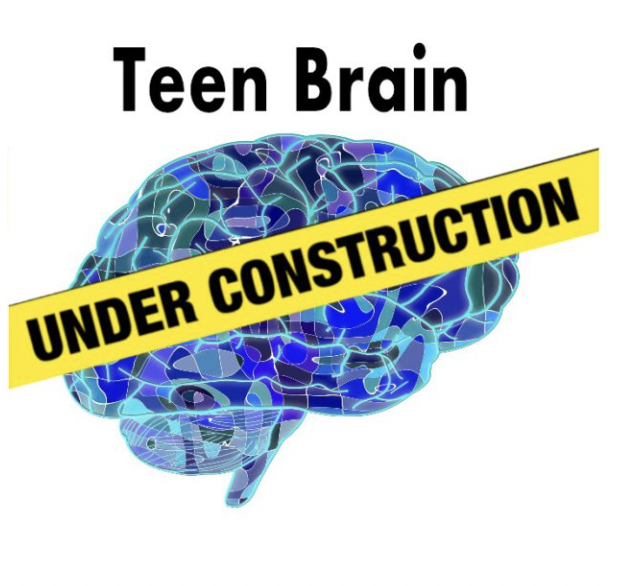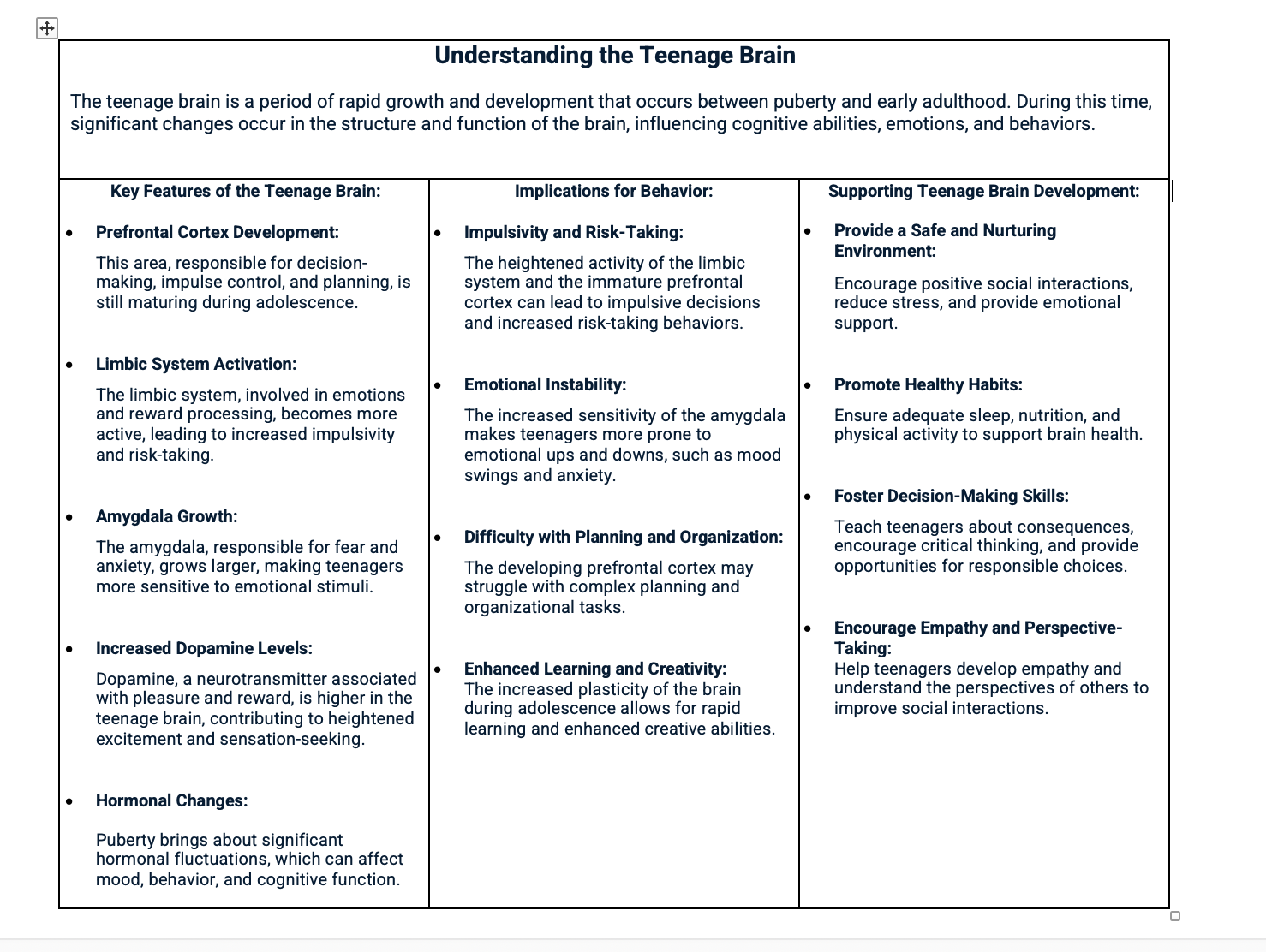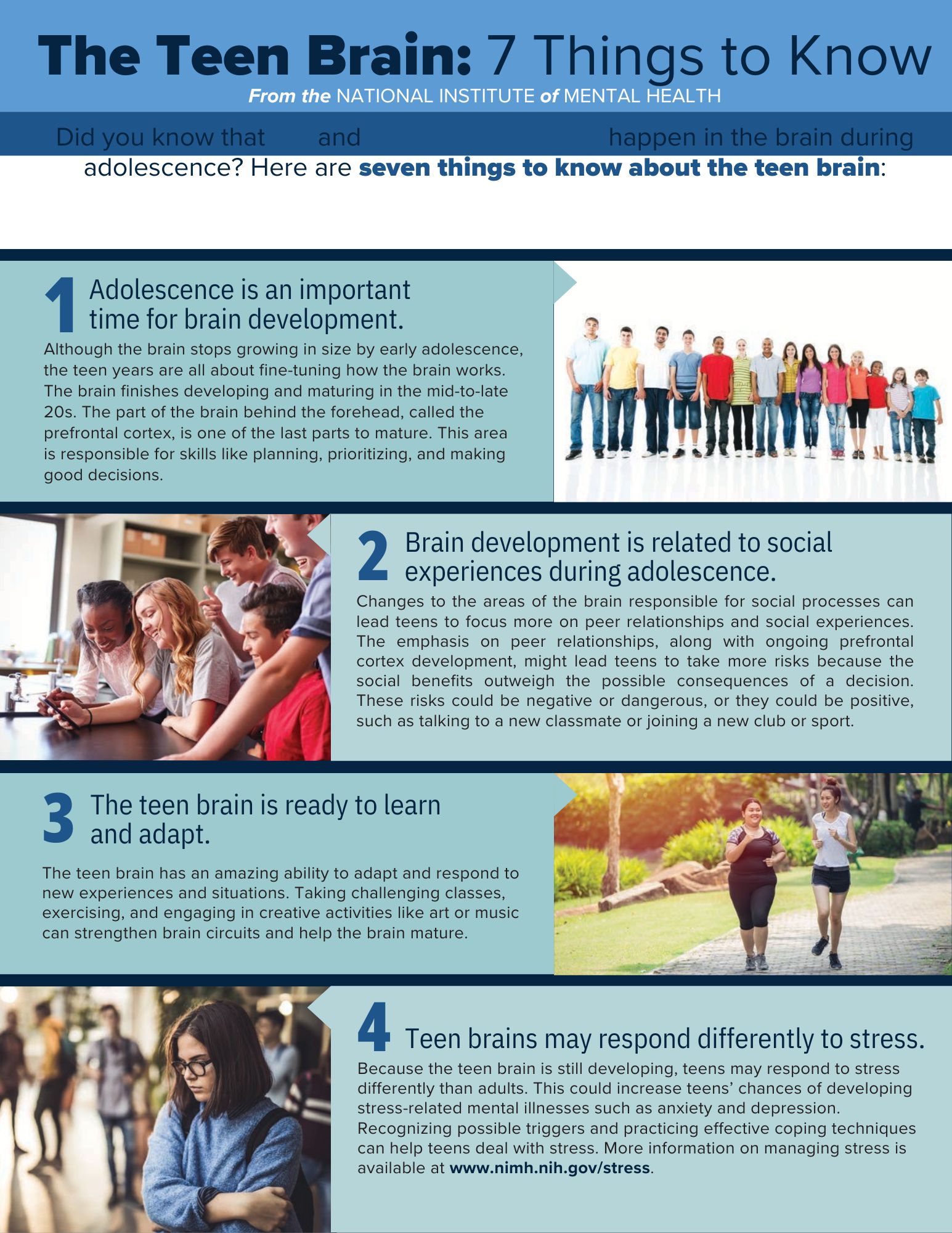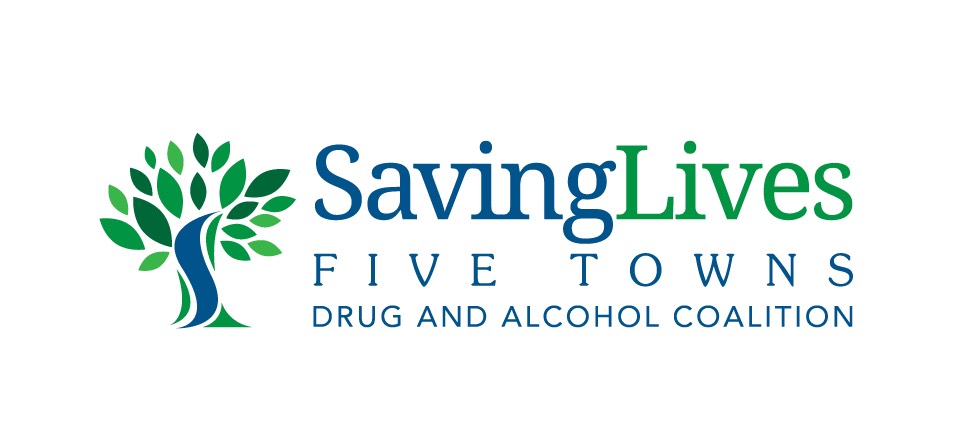ADOLESCENT BRAIN DEVELOPMENT

Research has shown that brain development continues into a person’s 20s—a time that encompasses many important developmental and social changes in a young person’s life. Yet important questions remain about the factors that influence brain development and their impact on physical, cognitive, emotional, and academic trajectories.
Adolescence is a time of massive change. As children become teenagers, they’re subject to growth spurts, voice changes, new body hair, and annoying acne. But perhaps the biggest shifts of adolescence are the invisible ones happening inside the brain.
“The brain of an adolescent is no different in size or shape than that of an adult,” says board-certified neurosurgeon Marc Arginteanu, M.D., F.A.C.S. “On a standard CAT scan or MRI, your brain and that of your teenager would be indistinguishable. But, in terms of development, your brain is worlds apart from theirs.”
The teenage brain isn’t fully developed, and different parts of the brain mature at different rates. For instance, the prefrontal cortex (PFC), which sits right behind the eyes and is responsible for executive function and rational reasoning, doesn’t typically fully mature until age 24, while the amygdala, which is deep in the brain and processes and integrates emotions, emotional behaviors, and motivation, seems to reach full maturity much earlier.

7 THINGS TO KNOW


VIDEO: The Teen Brain: Why Teens Have Heightened Emotions
Adolescence is a time of profound brain, body and emotional growth. It offers parents an opportunity to support healthy development that is paralleled only by our influence in the very first few years of their lives. Adolescence is also a time of heightened emotions. The depth of teen emotions is enviable. We are inspired by their sheer exuberance and capacity to experience life to the fullest. Their sensitivity, passion, and compassion make them reliable, committed friends. They restore our hope as they commit to building a better world. On the other hand, heightened adolescent emotions can also lead to risky behaviors, or to self-defeating feelings like excessive worry, sadness, or anger.
We must take full advantage of the opportunity we are given to shape our tweens and teens by learning how to best connect with and advise them, during both calm and challenging moments. An understanding of the developing brain is an important stepping-off point.
It is our role to guide our teens as they grow. Part of this includes supporting them to experience their emotions to the fullest. It also means ensuring they stay safe, make wise decisions, and gain the experience and knowledge they need to launch into adulthood.
